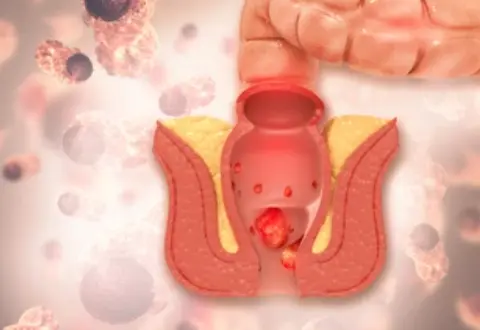 Welcome
Welcome
“May all be happy, may all be healed, may all be at peace and may no one ever suffer."
- A
- B
- C
- D
- E
- F
- G
- H
- I
- J
- K
- L
- M
- N
- O
- P
- Q
- R
- S
- T
- U
- V
- W
- X
- Y
- Z
Septic abortion - Generics
Septic abortion is a type of abortion that is complicated by a bacterial infection of the uterus. It can occur when bacteria from the vagina or cervix enter the uterus during an abortion procedure or from an incomplete abortion.
Symptoms of septic abortion can include fever, chills, pelvic pain, abdominal tenderness, vaginal discharge, and abnormal vaginal bleeding. If left untreated, septic abortion can lead to serious complications such as sepsis, pelvic inflammatory disease, and even death.
Treatment for septic abortion typically involves hospitalization and intravenous antibiotics to treat the bacterial infection. In severe cases, surgical intervention may be necessary to remove any remaining tissue in the uterus. Supportive care, such as intravenous fluids and pain management, may also be provided.
Prevention of septic abortion involves ensuring that the abortion procedure is performed in a sterile environment and that any instruments used are properly sterilized. Women who have had a septic abortion may also be at higher risk for future infections, and should receive appropriate medical care to prevent any complications.

Allergic and inflammatory...

Hemorrhoids (piles)

Plague

Acute otitis media

Meningococcal infection
Acute myeloid leukemia

Parenteral fat emulsions

Hypersecretory conditions
Septic abortion, সেপটিক গর্ভপাত
To be happy, beautiful, healthy, wealthy, hale and long-lived stay with DM3S.